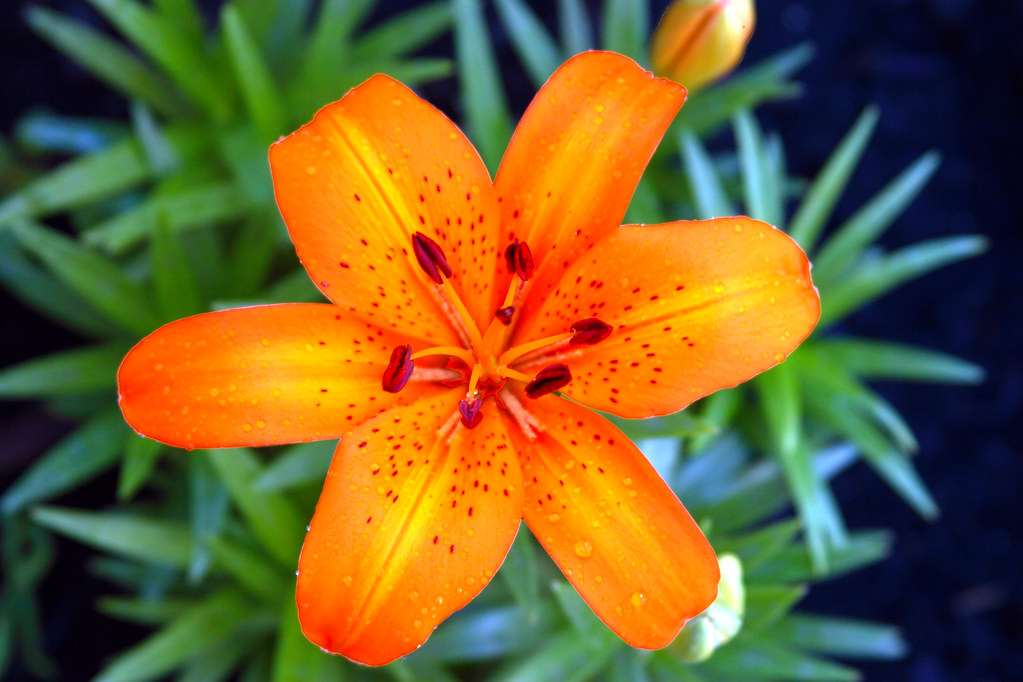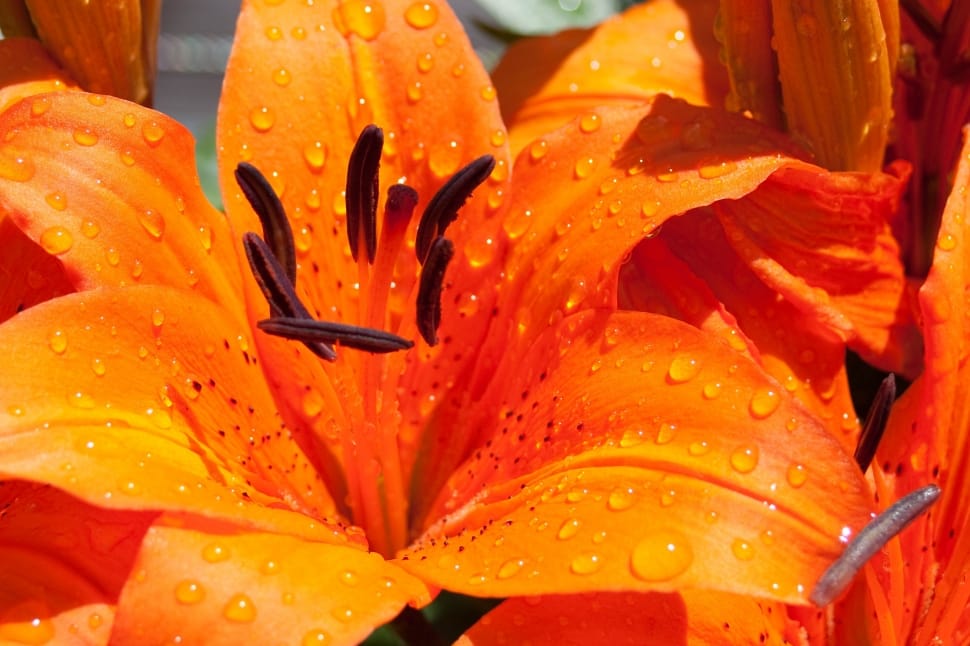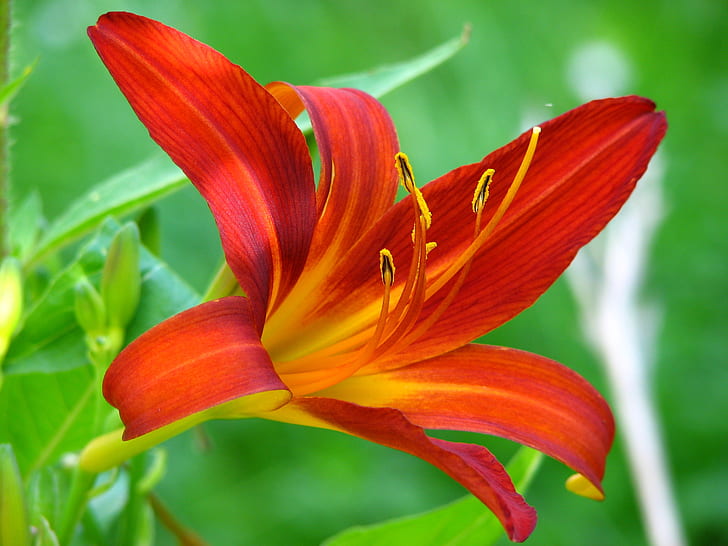How to grow Jasmine from cuttings, Gardening enthusiasts often seek the satisfaction of propagating plants from cuttings, and jasmine, with its intoxicating fragrance and delicate blooms, is a popular choice. In this detailed guide, we will unveil the secrets to successfully growing jasmine from cuttings, empowering you to create a lush and fragrant garden oasis. Let’s delve into the fascinating world of propagating jasmine and unlock the steps to cultivate your own thriving jasmine plants.
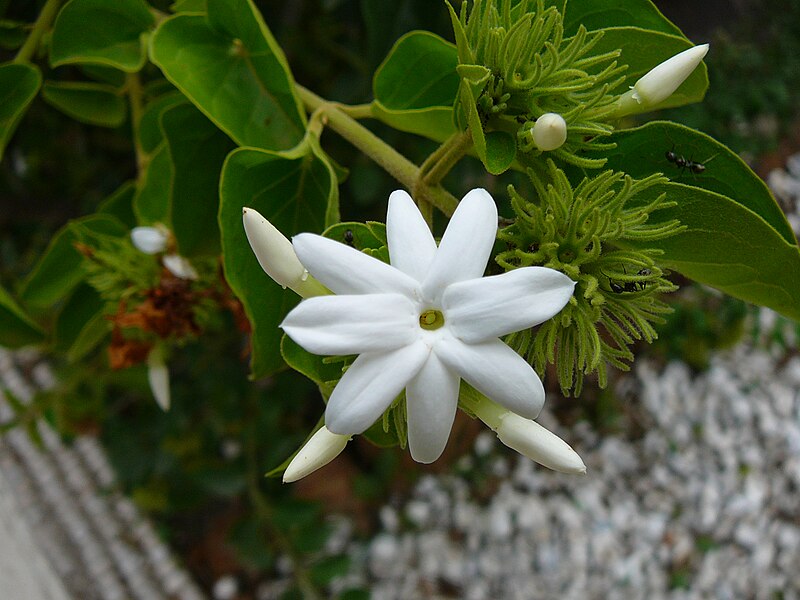
Understanding Jasmine Propagation:
Before we delve into the practical steps of how to grow jasmine from cuttings, it’s essential to understand the science behind propagation. Jasmine, like many other plants, has the remarkable ability to develop roots and grow into new plants from stem cuttings. This natural process allows gardeners to multiply their jasmine collection and create abundance in their garden spaces.
Step 1: Selecting the Perfect Cuttings:
To embark on your journey of propagating jasmine from cuttings, you’ll need to start with the right materials. Look for healthy, vigorous stems on your existing jasmine plants. Ideally, choose stems that are about 6 inches long and have several sets of leaves. These stems should be free from any signs of disease or damage.
Step 2: Preparing Your Cuttings:
Once you’ve selected your ideal stems, it’s time to prepare them for propagation. Using sharp, clean scissors or pruning shears, make a clean cut just below a leaf node. Remove any leaves from the lower portion of the stem, leaving only a few leaves at the top. This encourages the cutting to focus its energy on root development rather than supporting foliage.
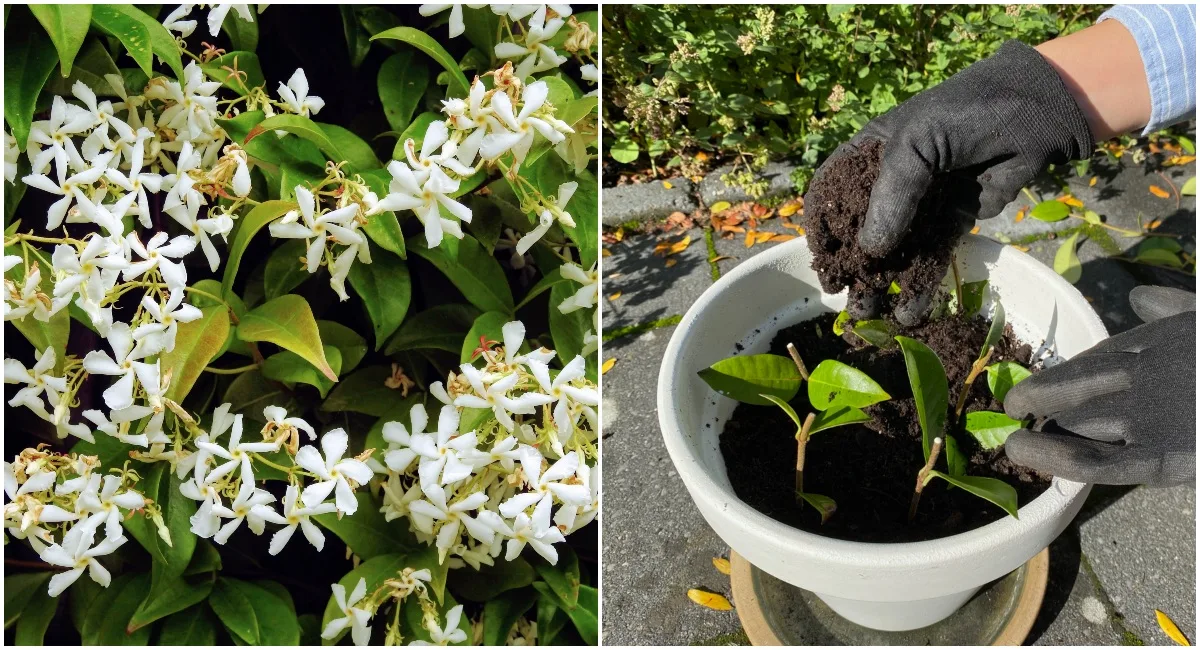
Step 3: Encouraging Root Growth:
To expedite the rooting process, it’s beneficial to use a rooting hormone. Dip the cut end of each stem into the rooting hormone powder, ensuring that it is thoroughly coated. The rooting hormone contains growth-promoting substances that stimulate root formation, increasing the chances of successful propagation.
Step 4: How to Grow Jasmine from Cuttings, Planting Your Cuttings:
Now that your cuttings are prepared, it’s time to plant them in a suitable growing medium. Choose a well-draining potting mix that retains moisture without becoming waterlogged. Fill small pots or trays with the potting mix and make small holes using a pencil or your finger. Gently insert the prepared cuttings into the holes, ensuring that at least one node is buried beneath the soil.
Step 5: Providing Optimal Growing Conditions:
Successful propagation requires the right environmental conditions. Place your pots or trays in a warm, bright location, away from direct sunlight. Jasmine cuttings prefer indirect light during the rooting phase to prevent excessive stress. Keep the soil consistently moist but not waterlogged, as soggy conditions can lead to rotting.
![Jasmine Plant Care [6 Tips + FAQs] | How to Grow Jasminum Polyanthum | homify](https://images.homify.com/image/upload/c_scale,w_723,q_auto,f_jpg/v1637221355/p/diy/photos/qaiist1qvy55knaspsol.jpg)
Step 6: Monitoring and Maintenance:
As your jasmine cuttings take root and begin to establish themselves, it’s crucial to monitor their progress regularly. Check the soil moisture levels daily, watering as needed to keep it evenly moist. Avoid overwatering, as this can lead to root rot. Additionally, remove any dead or yellowing leaves to promote healthy growth.
Step 7: Transplanting Your Rooted Cuttings:
Once your jasmine cuttings have developed a robust root system and established themselves, they are ready for transplanting into larger containers or the garden. Choose a sunny spot with well-draining soil and space the plants appropriately to allow for adequate growth. Gently remove the cuttings from their pots, being careful not to disturb the roots, and transplant them into their new homes.
Step 8: Caring for Your Mature Jasmine Plants:
Congratulations! You’ve successfully propagated jasmine from cuttings and now have thriving plants ready to grace your garden with their fragrant blooms. To ensure continued success, provide your jasmine plants with regular care and maintenance. Water them deeply and infrequently, allowing the soil to dry out slightly between waterings. Fertilize them with a balanced, water-soluble fertilizer during the growing season to promote healthy growth and abundant flowering.
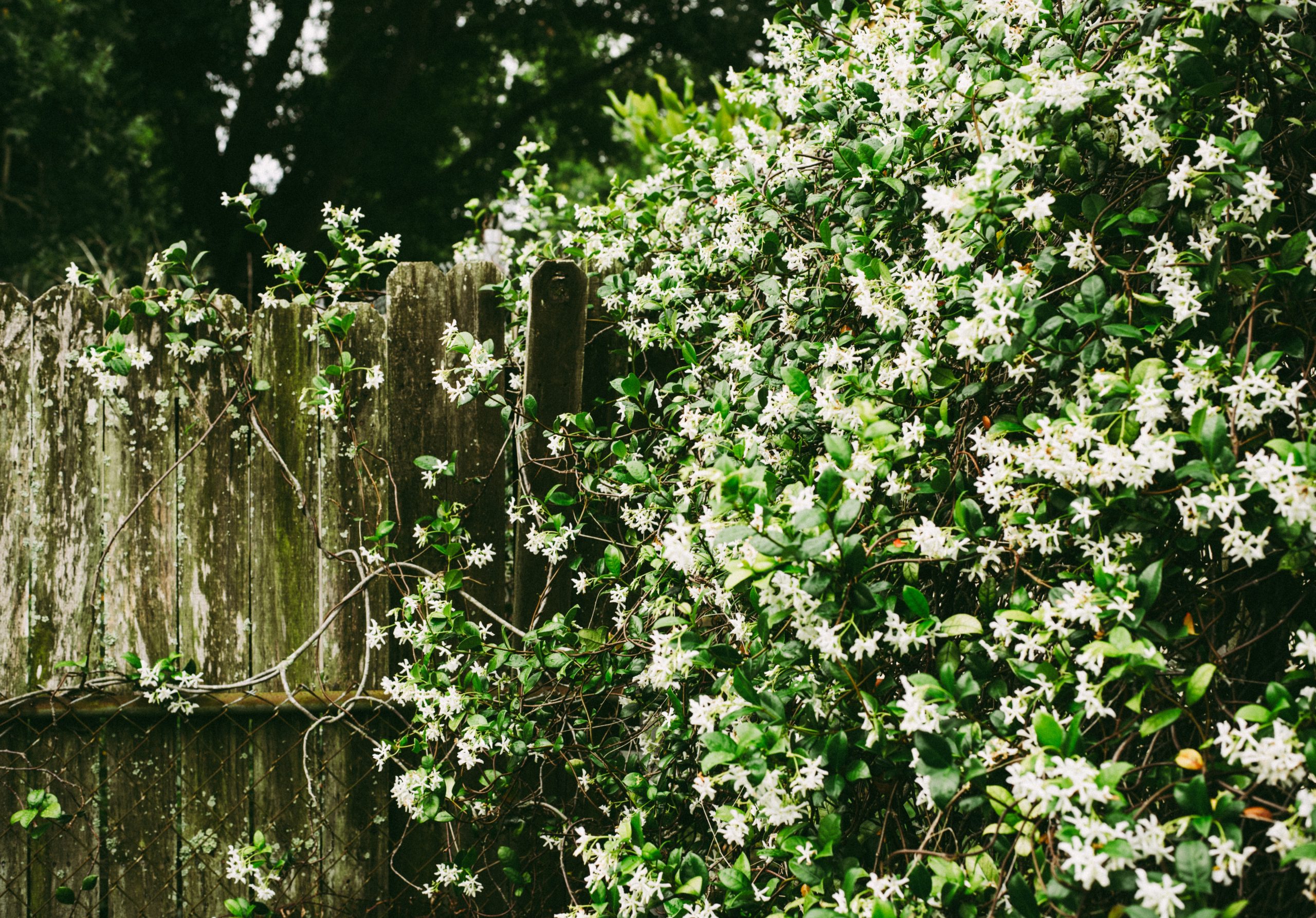
Culmination
Growing jasmine from cuttings is a rewarding endeavor that allows you to multiply your plants and fill your garden with the enchanting fragrance of jasmine blooms. By following the steps outlined in this guide and providing the right care and attention, you can enjoy the beauty of jasmine in your garden for years to come. So roll up your sleeves, gather your cuttings, and embark on a journey of propagation and growth with jasmine. Your fragrant garden oasis awaits!

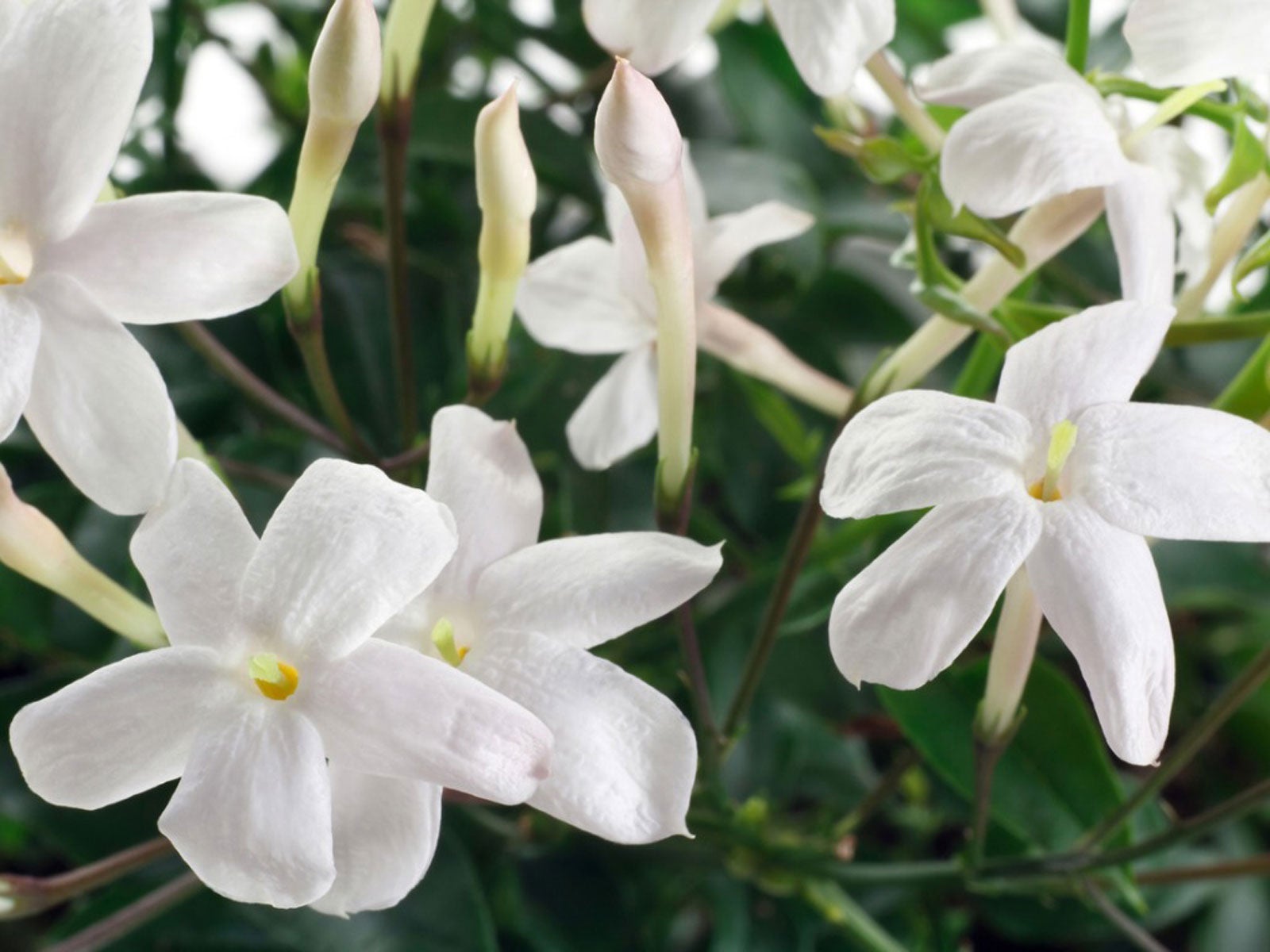
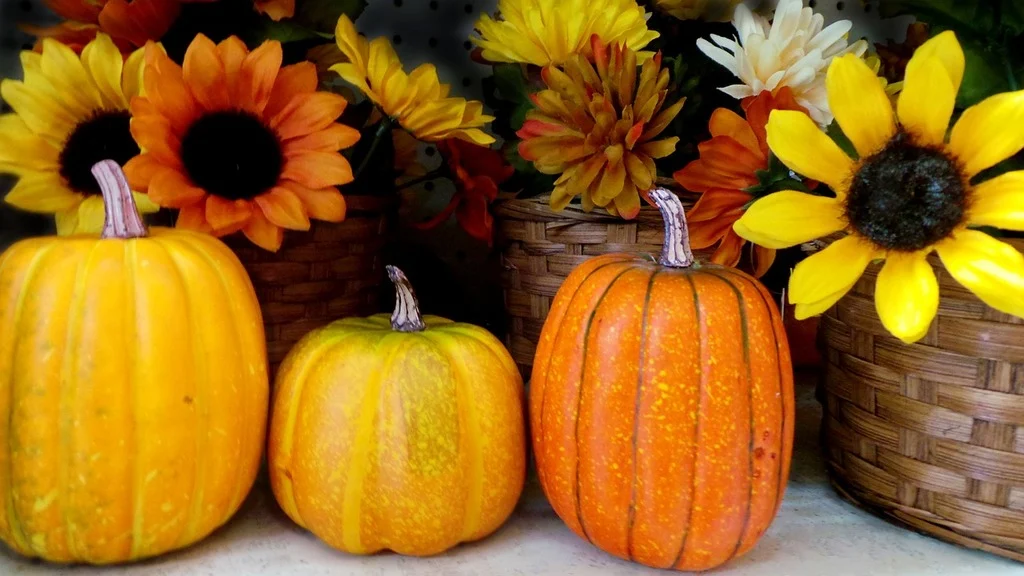


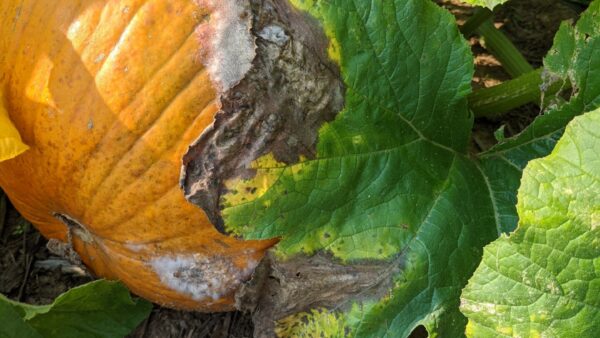
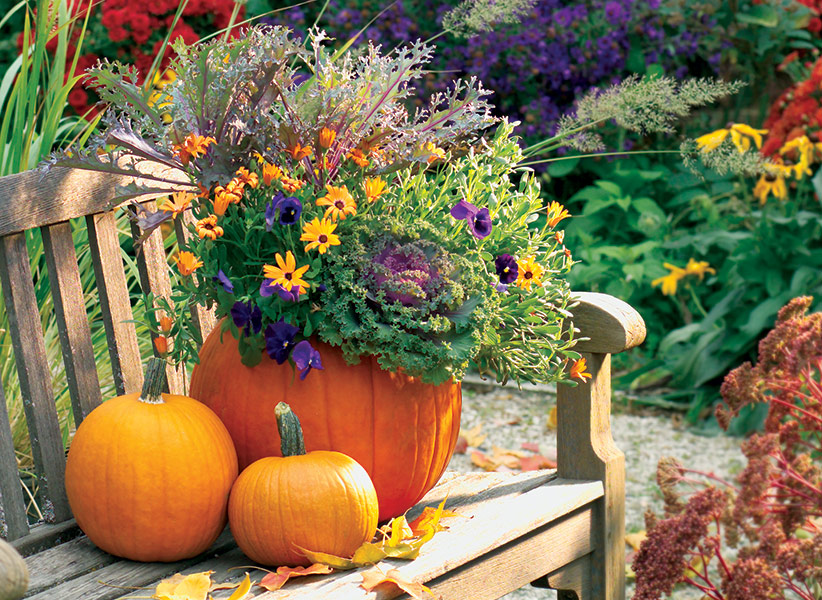

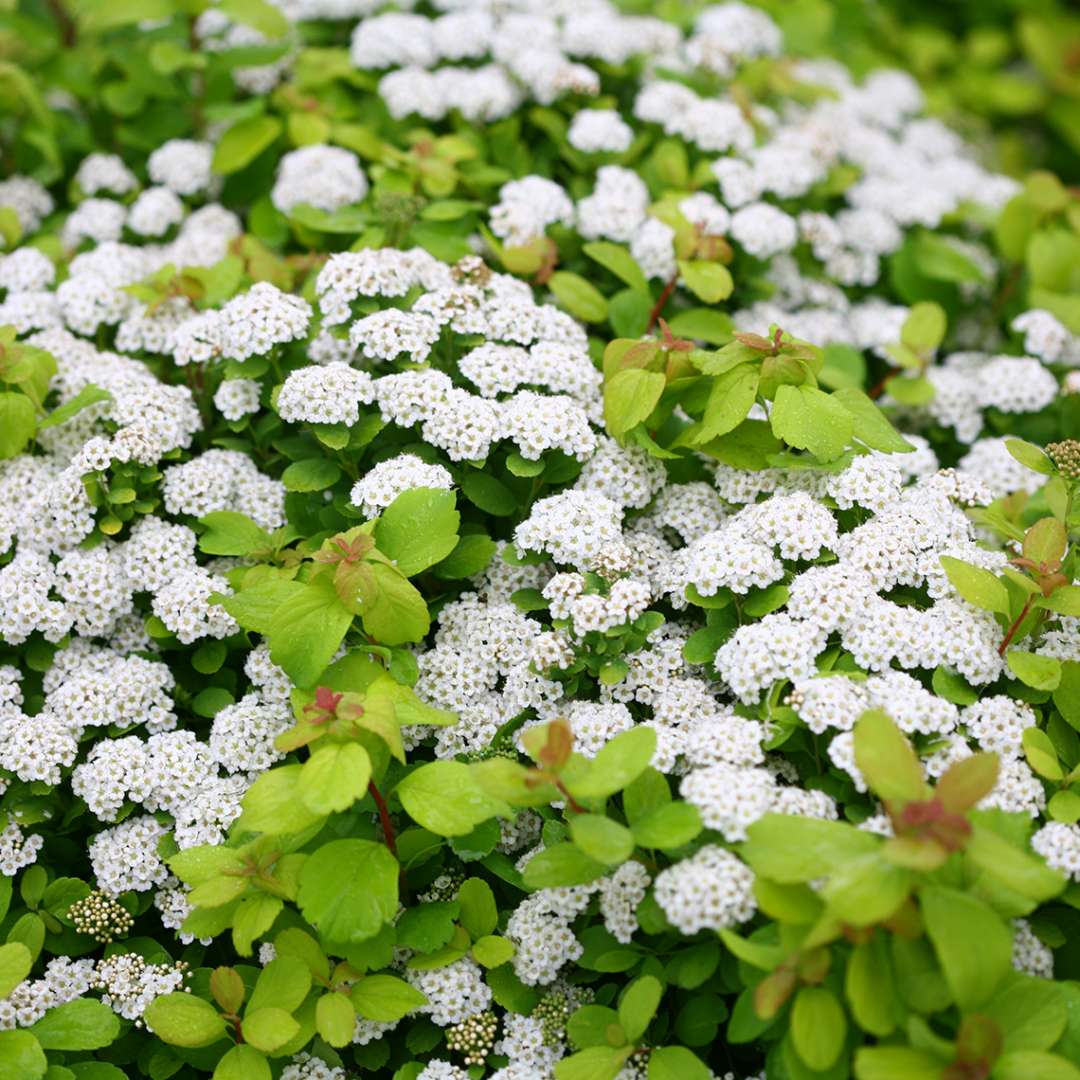
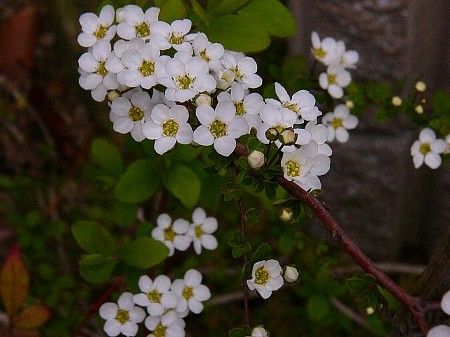



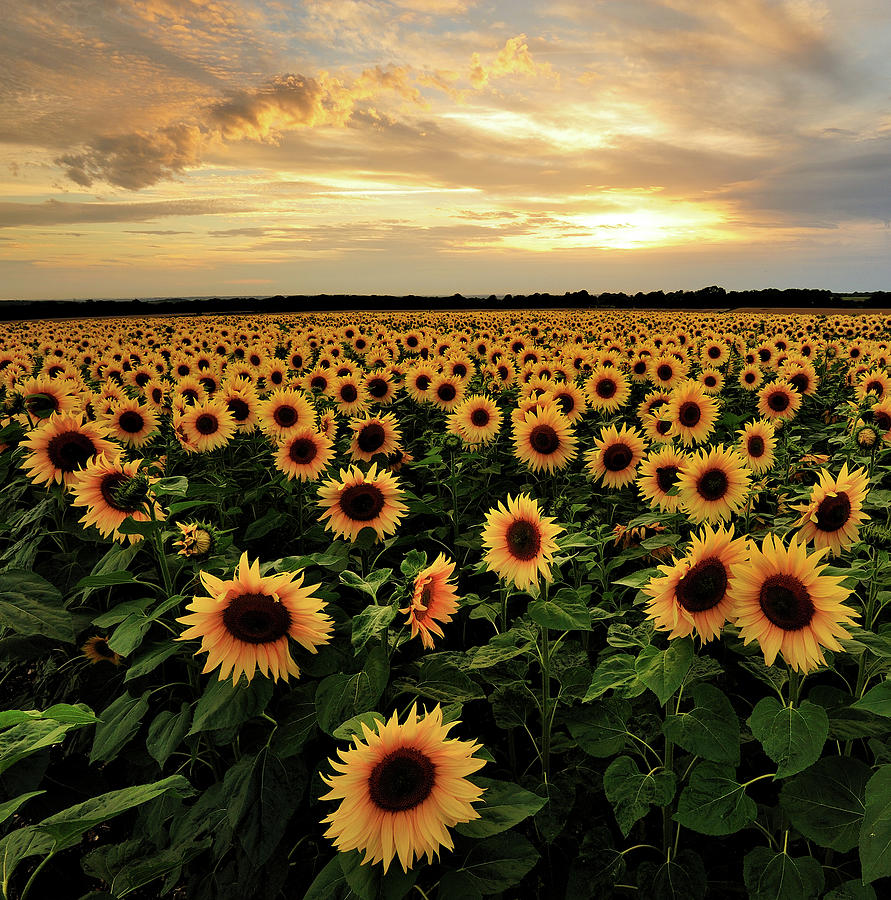

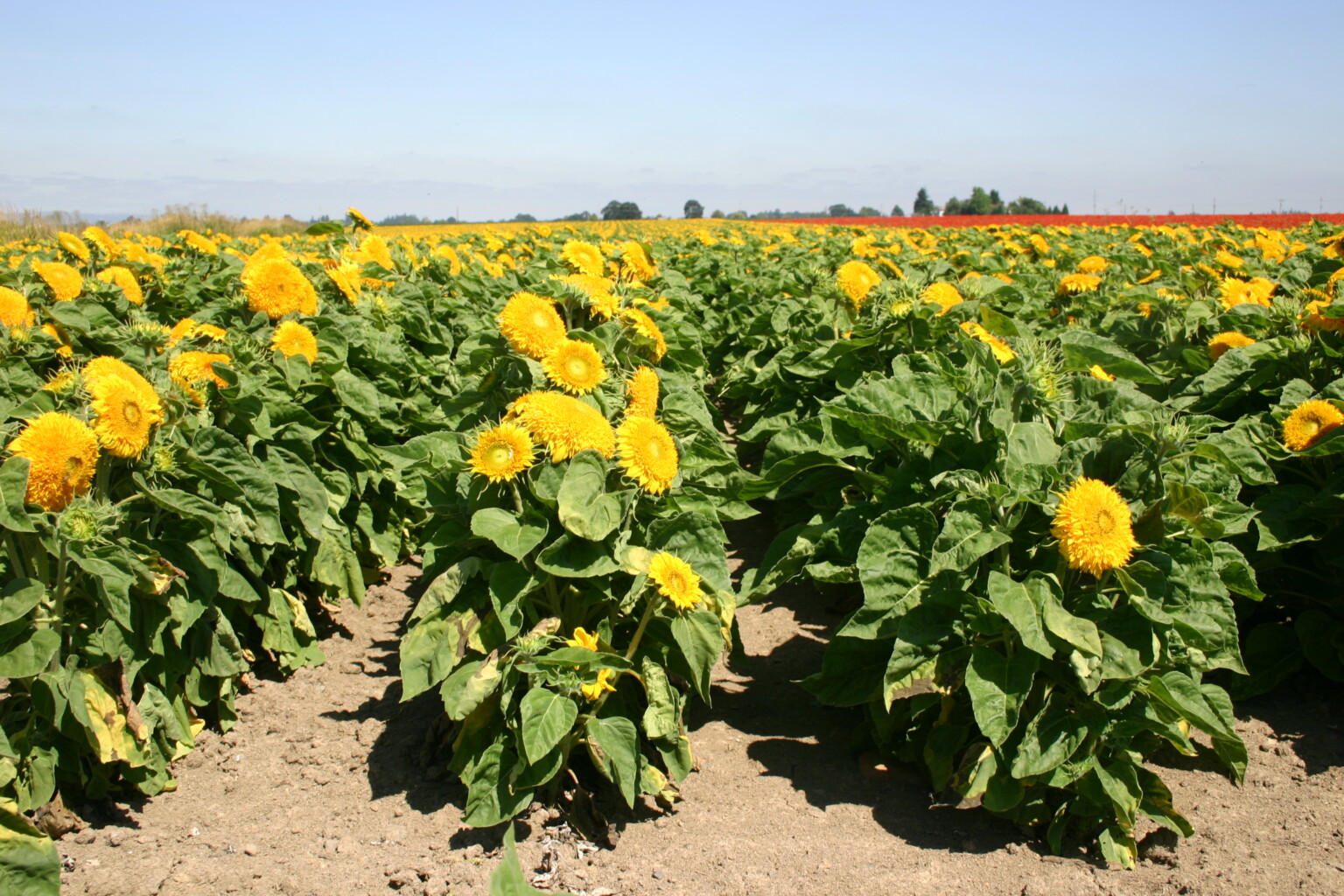

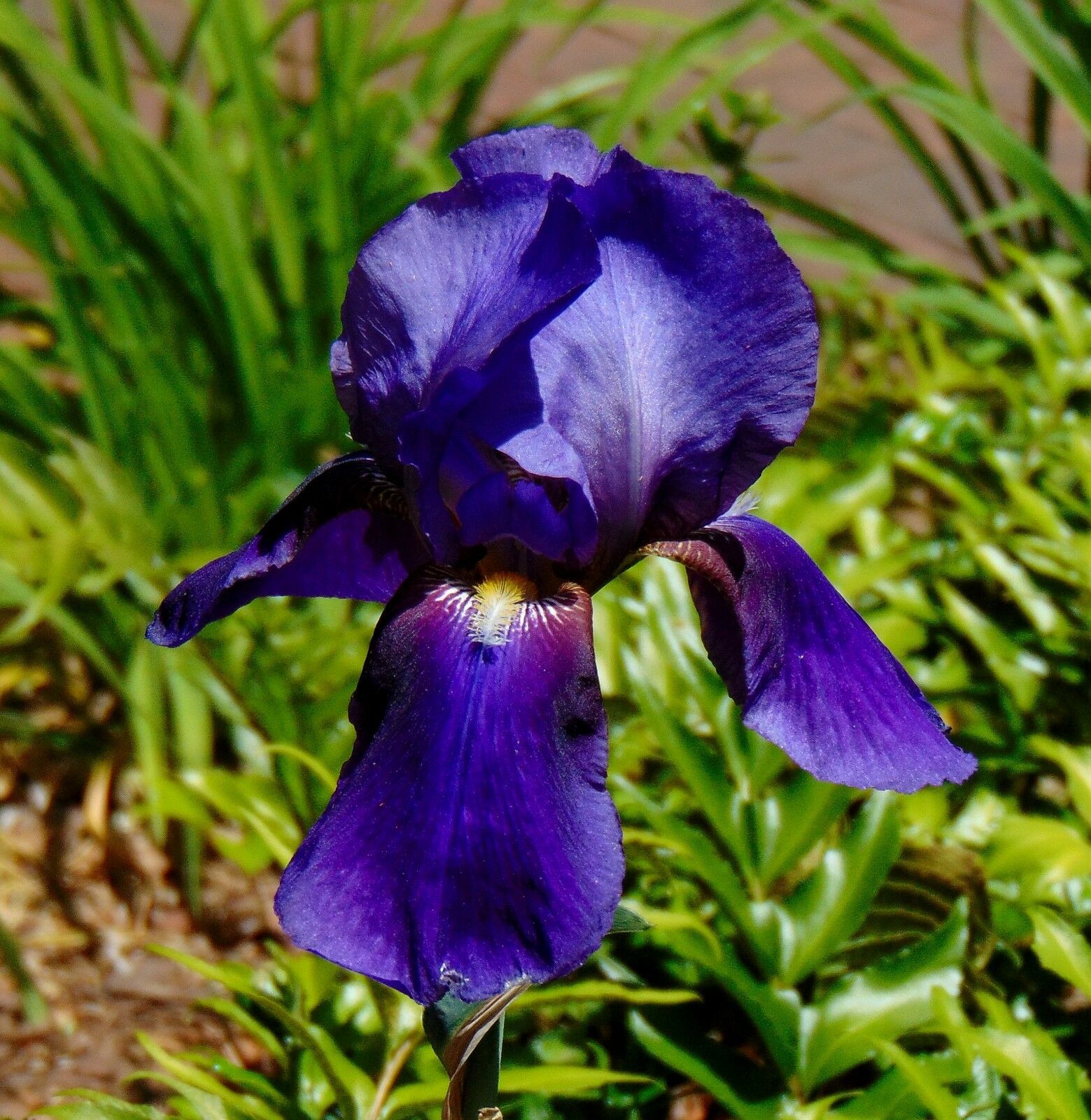

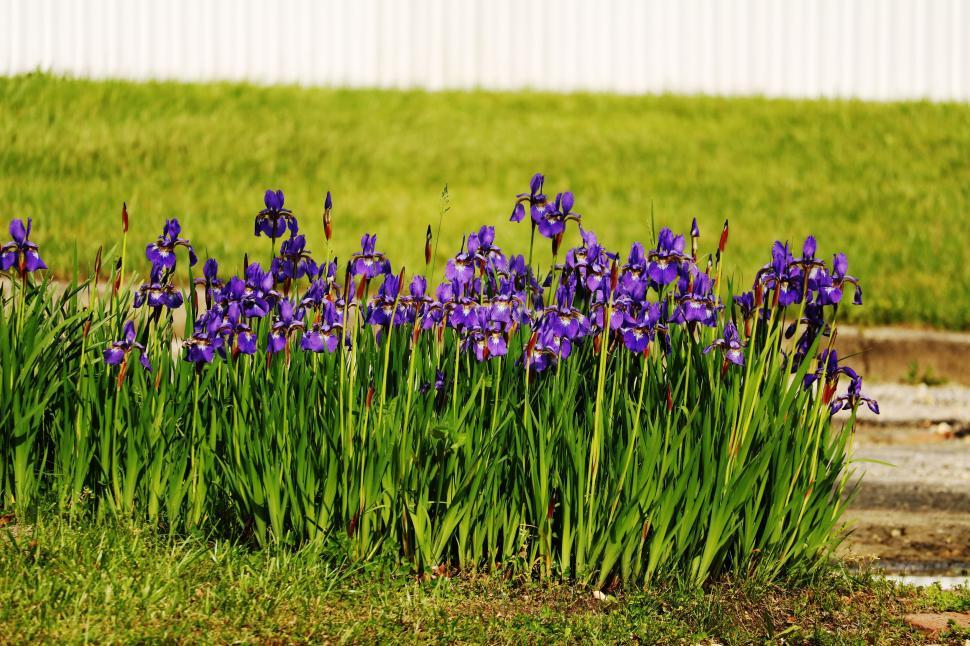
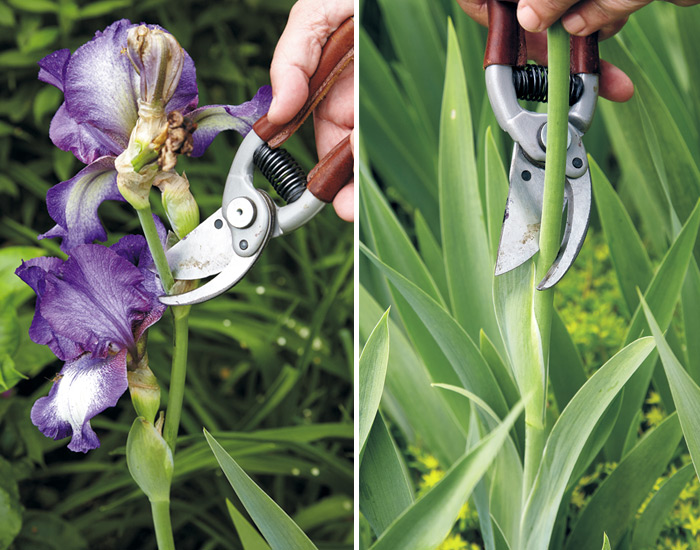
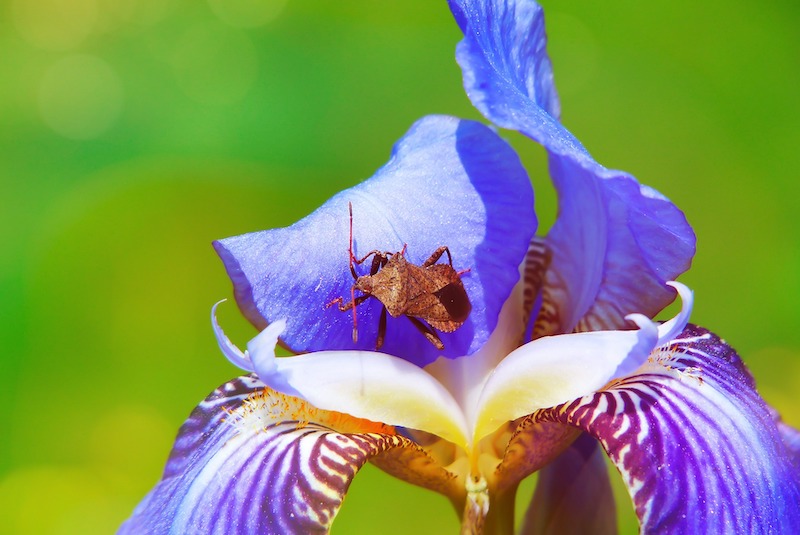
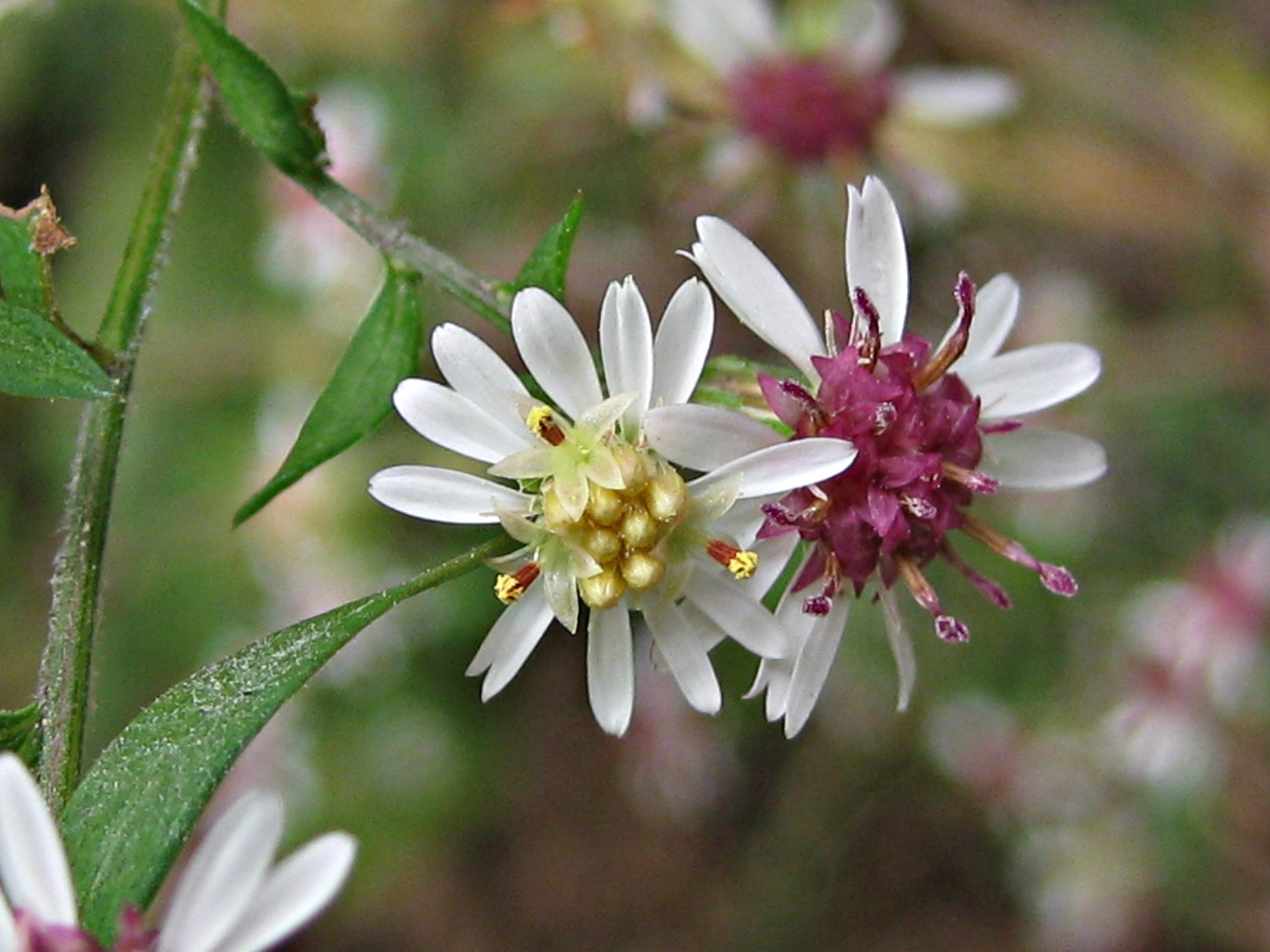

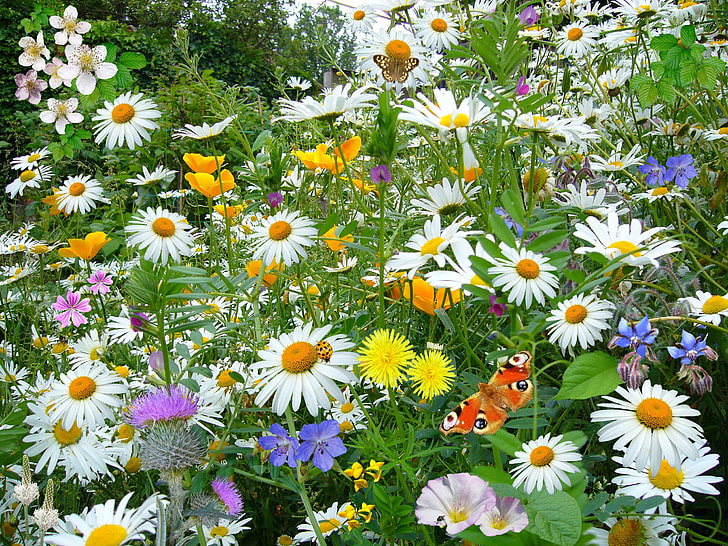
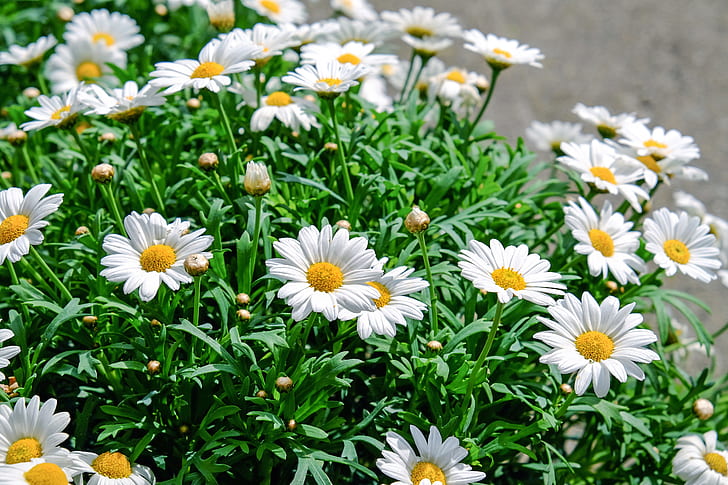
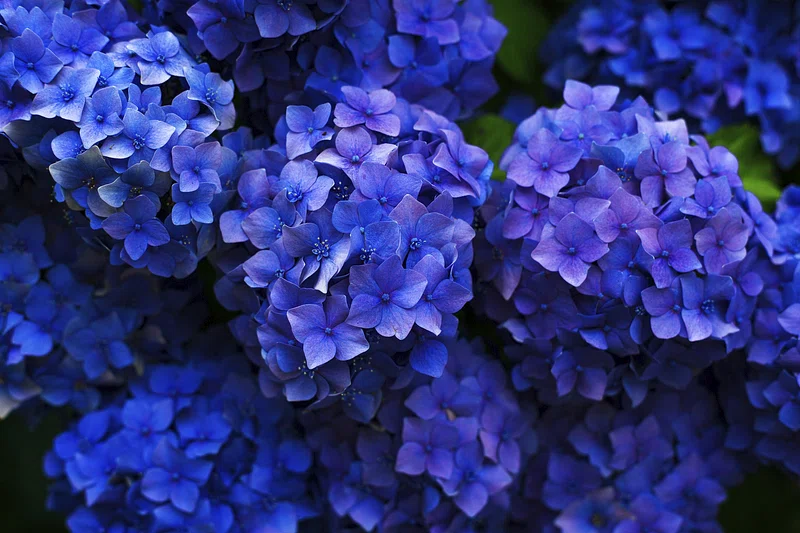
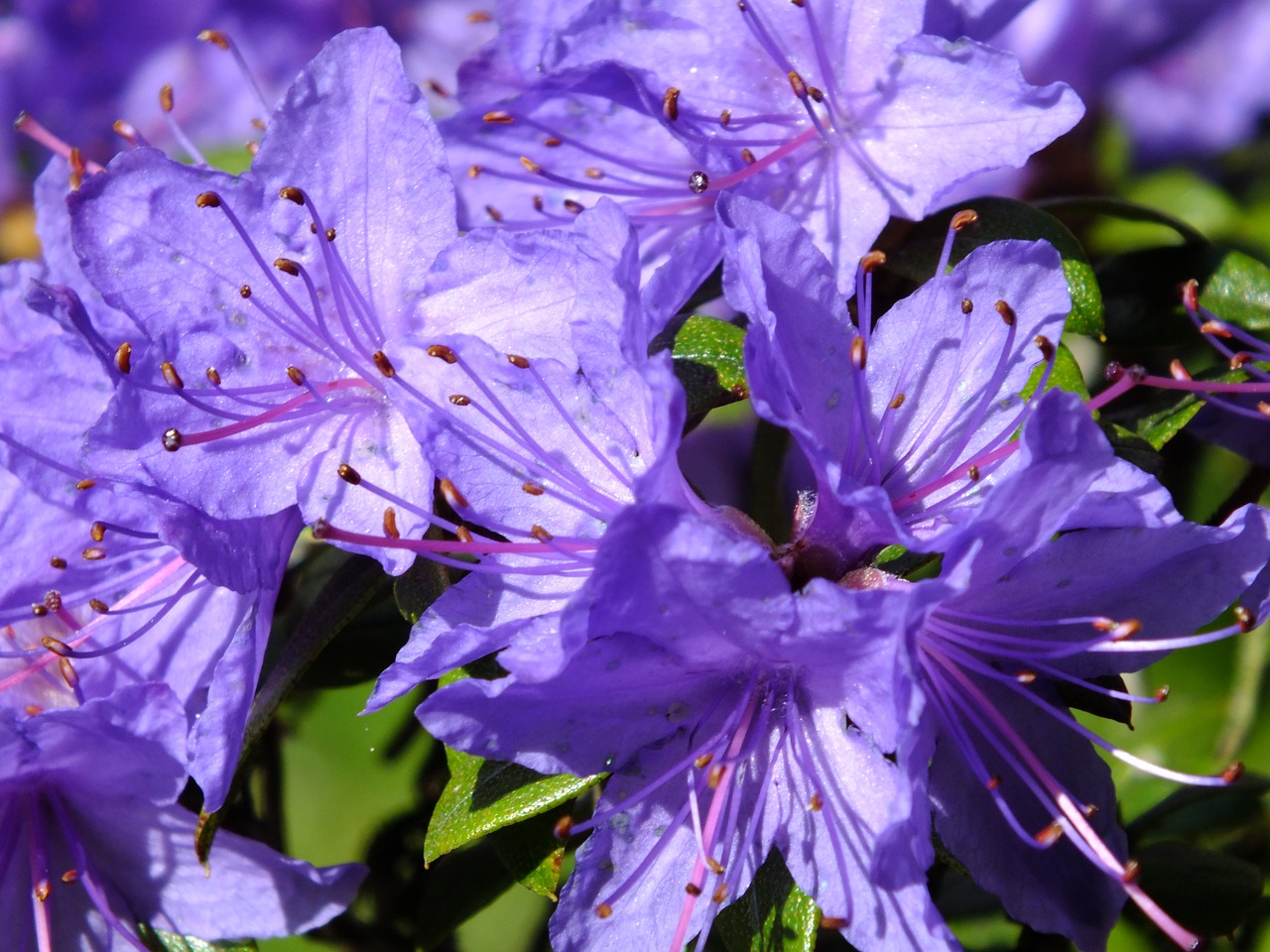

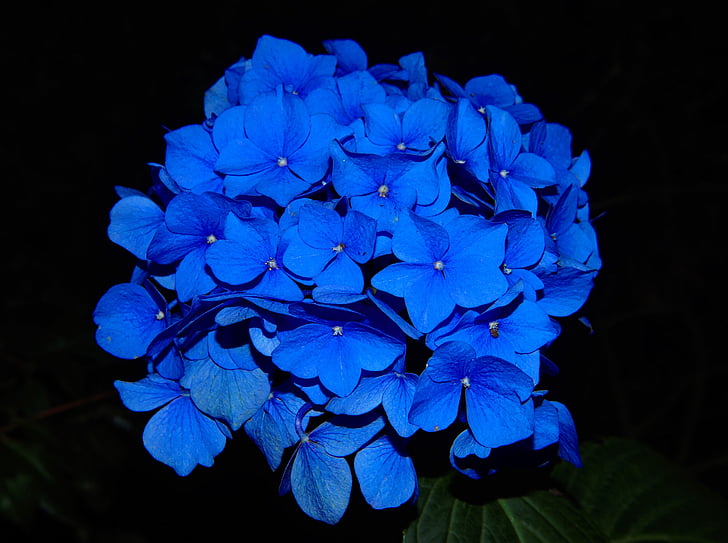
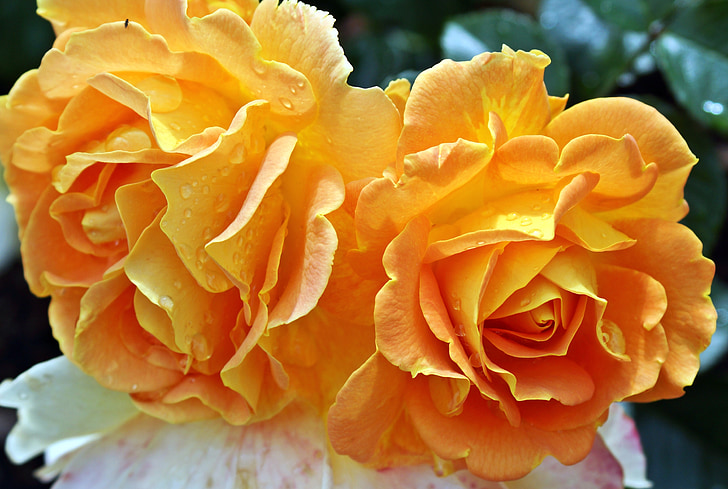

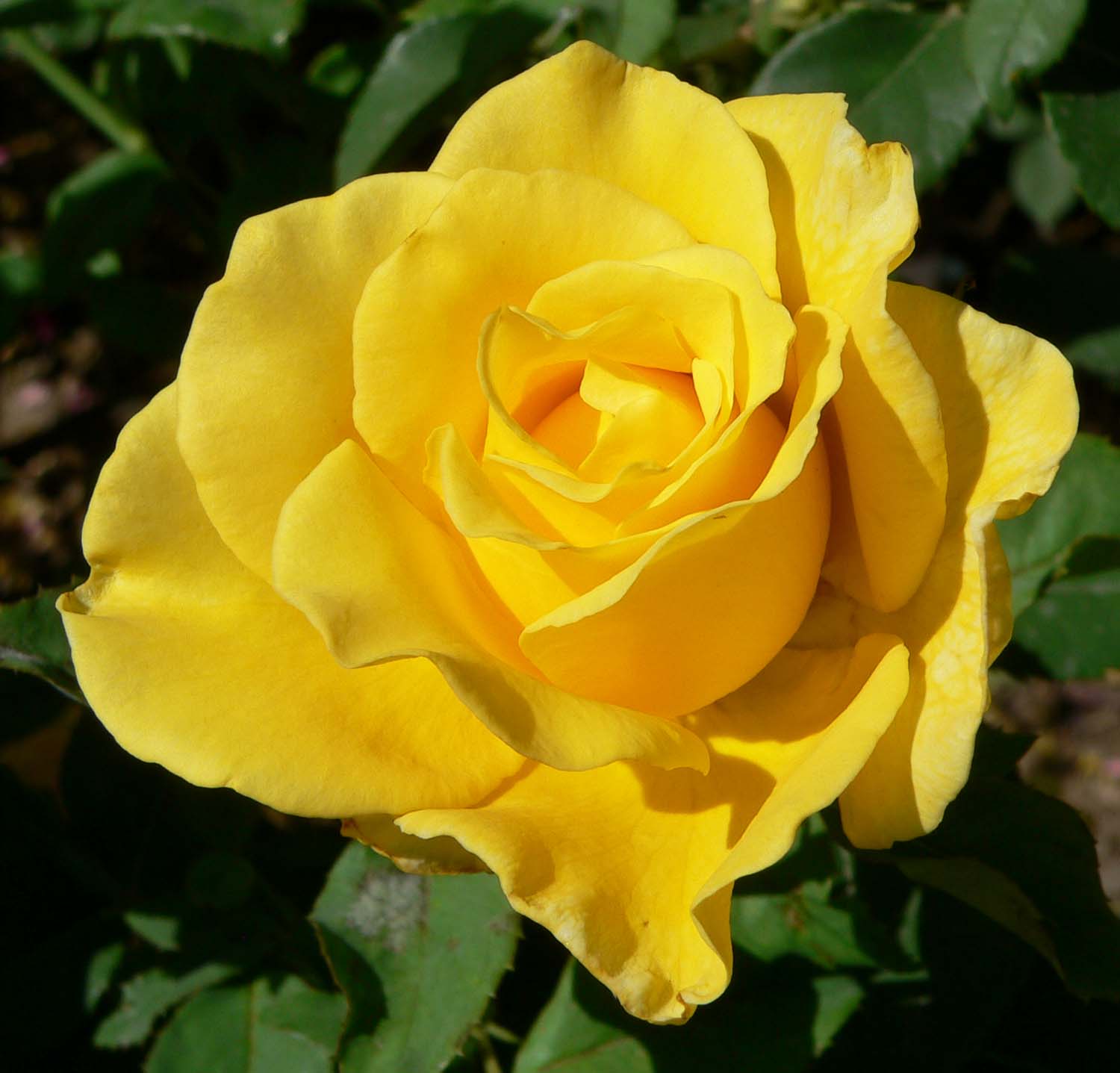
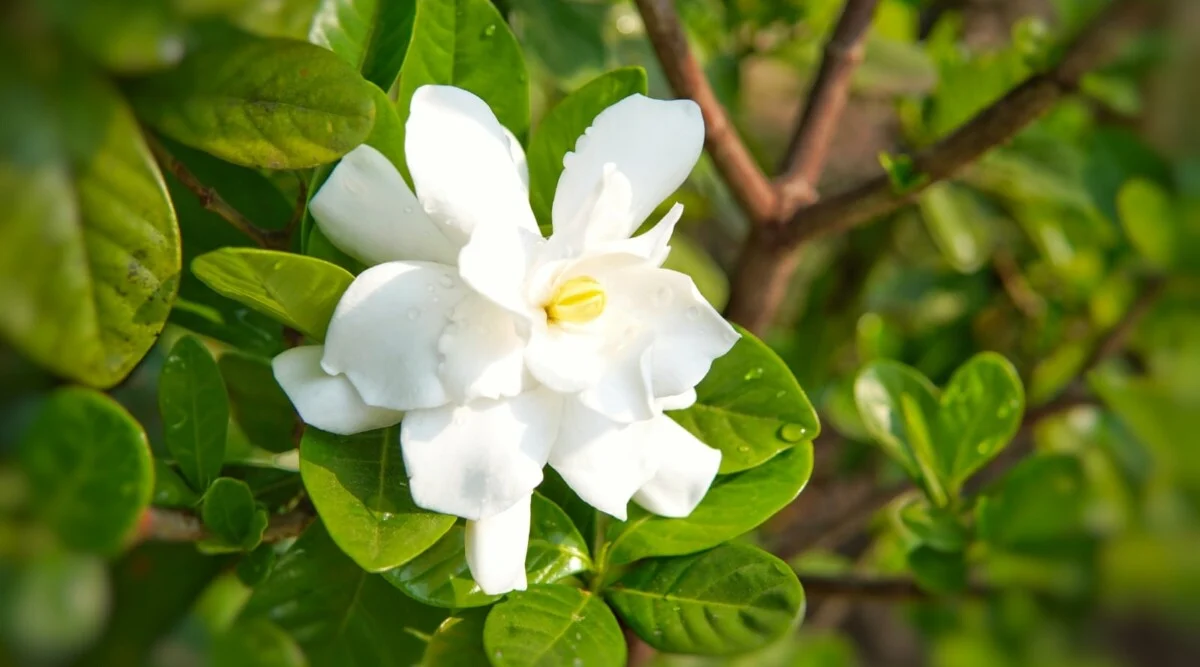

:max_bytes(150000):strip_icc()/GettyImages-1032747508-gardenia-2000-d8b1238a234b4de18364c67afbe0abde.jpg)

